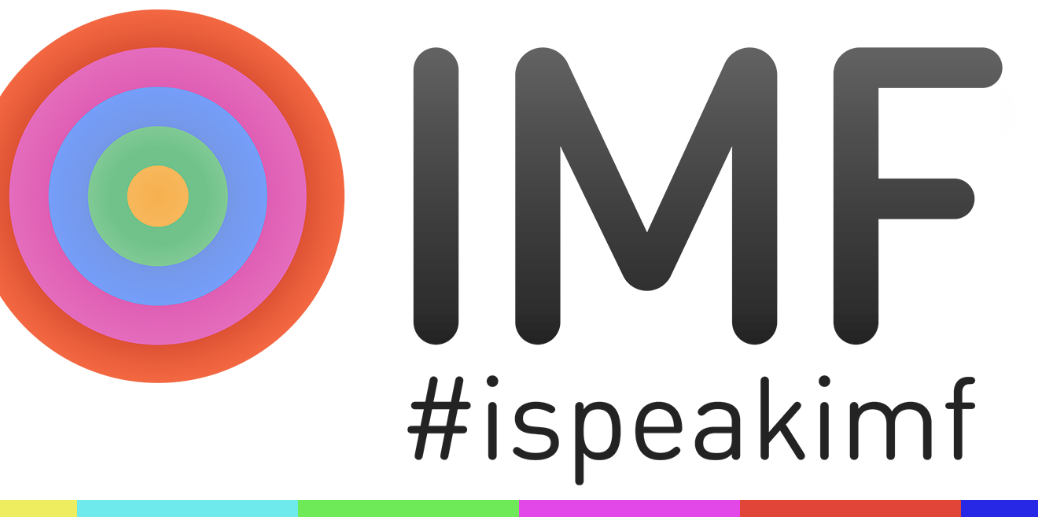Before the first SMTPE D-Cinema standards hit publication – back in 2008 – Post Production people began talking about workflows that would start with the DCinema Package as the mezzanine format then break those into anything else that someone needed for distribution on their channel.
That discussion worked its way independently of SMPTE for a while, then started the process that eventually turned into the ST 2067 – Interoperable Master Format (IMF), which today has its own website that makes these tools available for anyone to dig in and get it right.
The website is SMPTE ST 2067 — Interoperable Master Format (IMF)
It includes not only a suite of documents, but the normative references to those documents.
Modern logic says that since these documents are required to correctly implement these ideas and standards, then interface with other group’s equipment and implementations, they need to be available to the very people who can’t afford to get them all. SMPTE experimented with dozens of documents during the Covid times, and this implementation of the IMF documents is an advancement of that concept.
Take a look and get your products involved.
